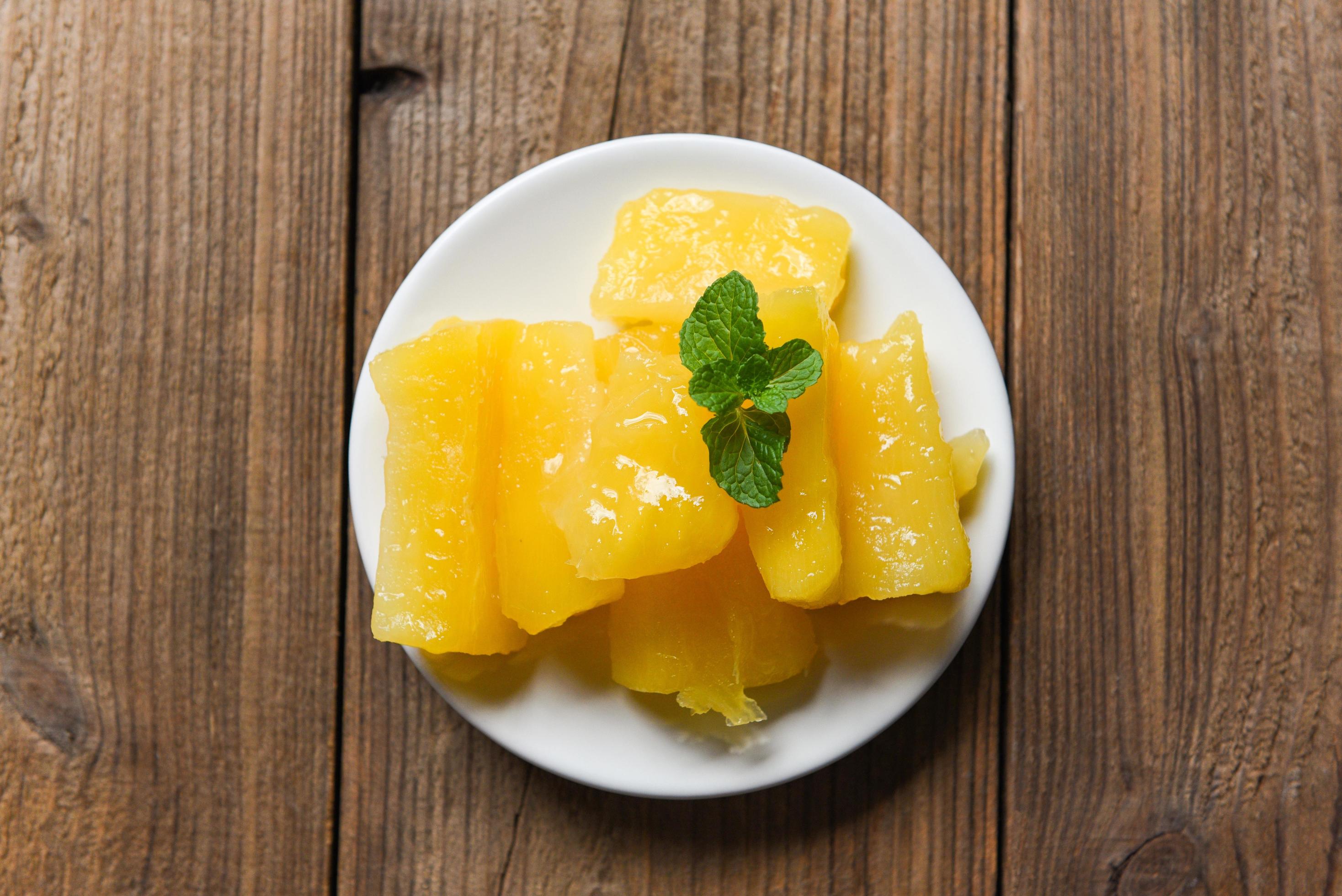Introduction: What is Mandioca Cozida?
Mandioca Cozida, also known as boiled cassava, is a traditional dish that is widely consumed in Brazil and other countries in South America. Cassava is a starchy root vegetable that is native to the Amazon region but is now grown in various parts of the world. It is a staple food in many cultures and is commonly used to make flour, chips, and other snacks.
Mandioca Cozida is a simple dish that involves boiling cassava roots in water until they are soft and tender. The dish can be enjoyed as a side dish or as a main course, and it is often served with meat, fish, or vegetables. It is a popular dish among Brazilians and has been a part of their culinary culture for centuries.
How to Cook Mandioca Cozida: Step-by-Step Guide
Cooking Mandioca Cozida is a simple process that requires only a few basic ingredients. Here is a step-by-step guide to cooking this delicious dish:
- Start by selecting fresh cassava roots that are free from bruises, cracks, and spots. Peel the outer skin of the cassava and cut it into pieces of equal size.
- Rinse the cassava pieces in cold water to remove any dirt or debris.
- Place the cassava pieces in a large pot and cover them with water. Add a pinch of salt to the water to enhance the flavor of the dish.
- Bring the water to a boil and then reduce the heat to medium-low. Let the cassava simmer for about 20-30 minutes or until it is tender.
- Drain the water from the pot and serve the Mandioca Cozida hot with your favorite sauce or seasoning.
Health Benefits of Mandioca Cozida: Nutritious and Gluten-Free
Mandioca Cozida is not only delicious but also nutritious. Cassava is a rich source of carbohydrates, fiber, and vitamins, making it an excellent dietary choice. It is also gluten-free, which makes it a great option for people with celiac disease or gluten intolerance.
Cassava is known to be rich in potassium, which is essential for regulating blood pressure and maintaining heart health. It also contains calcium, iron, and vitamin C, which are important for strong bones, iron absorption, and immune system support. Additionally, the fiber content in cassava helps to promote digestive health and prevent constipation.
In conclusion, Mandioca Cozida is a delicious and healthy dish that is easy to make and can be enjoyed as a side dish or a main course. It is a great option for people who are looking for a gluten-free and nutritious alternative to other starchy foods. So, why not give it a try and experience the wonderful taste of this traditional Brazilian dish?





